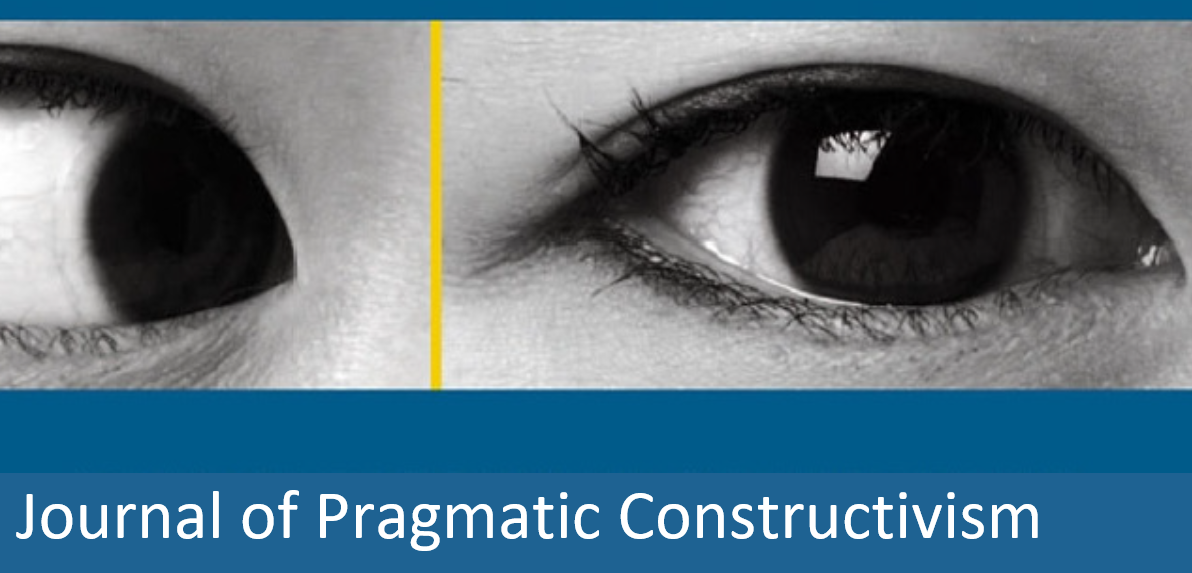Balance revisited: towards deeply functioning practices for actors and organisations
DOI:
https://doi.org/10.7146/jopracon.v12i1.135326Abstract
This essay revisits the concept of balance and seeks to understand balance as a meta-level principle of any management control and performance measurement system. The essay builds a conceptual background for the concept of balance and unveils several perspectives to be taken to achieve balance, i.e., the different perspectives and viewpoints that should be somehow set into purposeful proportions regarding each other. The relevance of revisiting the concept of balance lies in the possibility to form practices that are deeply and sustainably functioning and constructive for different actors, organisations or other entities. This thought is addressed by using a lighthouse metaphor, in this essay.
Downloads
Published
How to Cite
Issue
Section
License
Previous and future use of the work
Journal of Pragmatic Constructivism assumes the non-exclusive rights to publish and store the work of its authors, once they have consented to a publication. Since the rights to publish are non-exclusive, authors are free to further develop their work and to publish it in other media. Hence, it is explicitly allowed that works submitted to Journal of Pragmatic Constructivism may be published in a somehow similar, but further deveoped, form in other media. Yet, submitting authors warrant that the work is not an infringement of any existing copyright and will indemnify the publisher against any breach of such warranty.
Permissions
By submitting work to Journal of Pragmatic Constructivism, the authors declare that they have permission to use any content that has not been created by them. Specifically, when using tables, figures or excerpts of more than 400 words, it is expected that the authors…
- …obtain written permission of copyright for the use in print and electronic formats of any of their text, illustrations, graphics, or other material, in their work. This includes any minor adaptations.
- …acknowledge the original source in captions and in the reference list.





